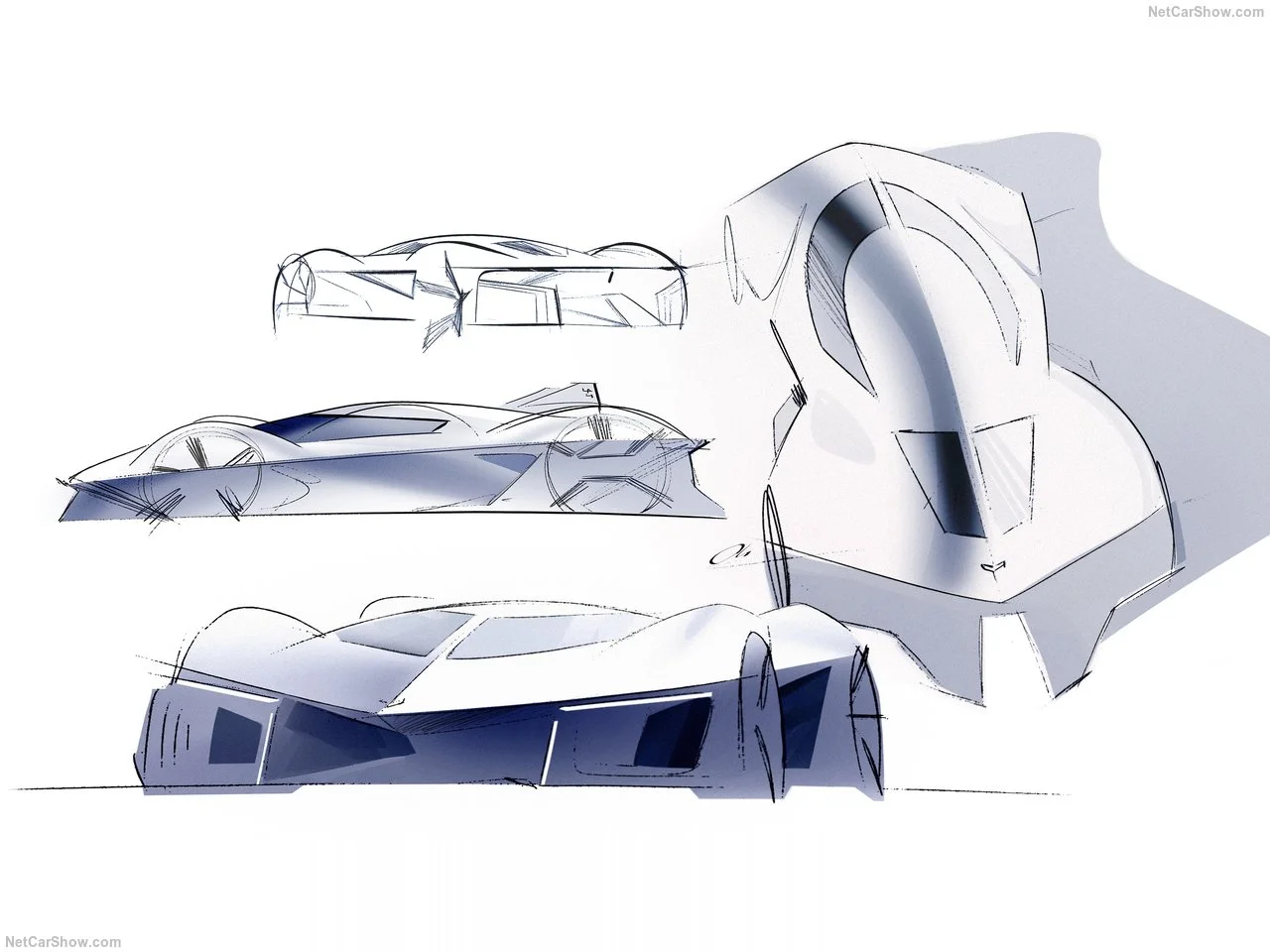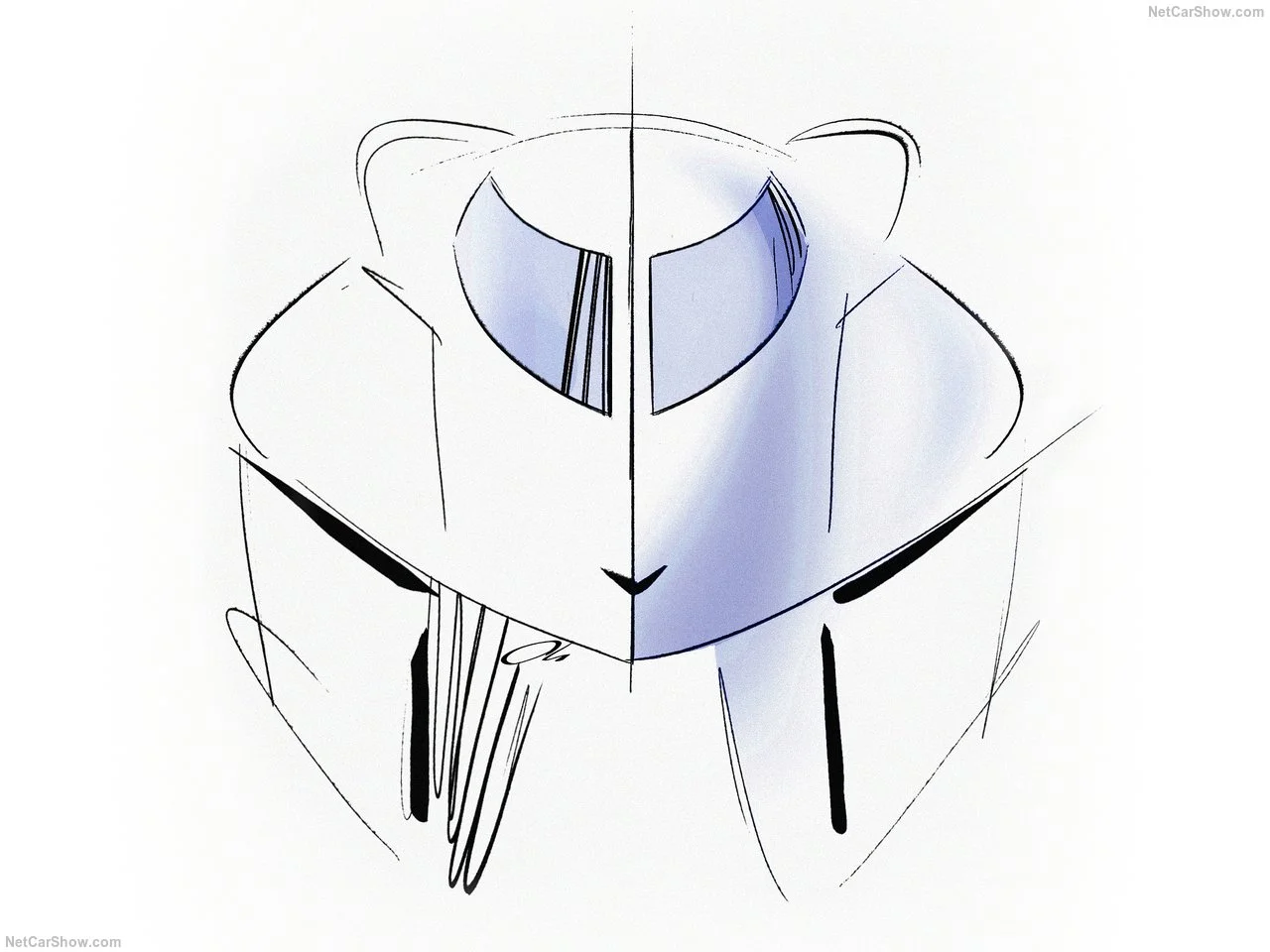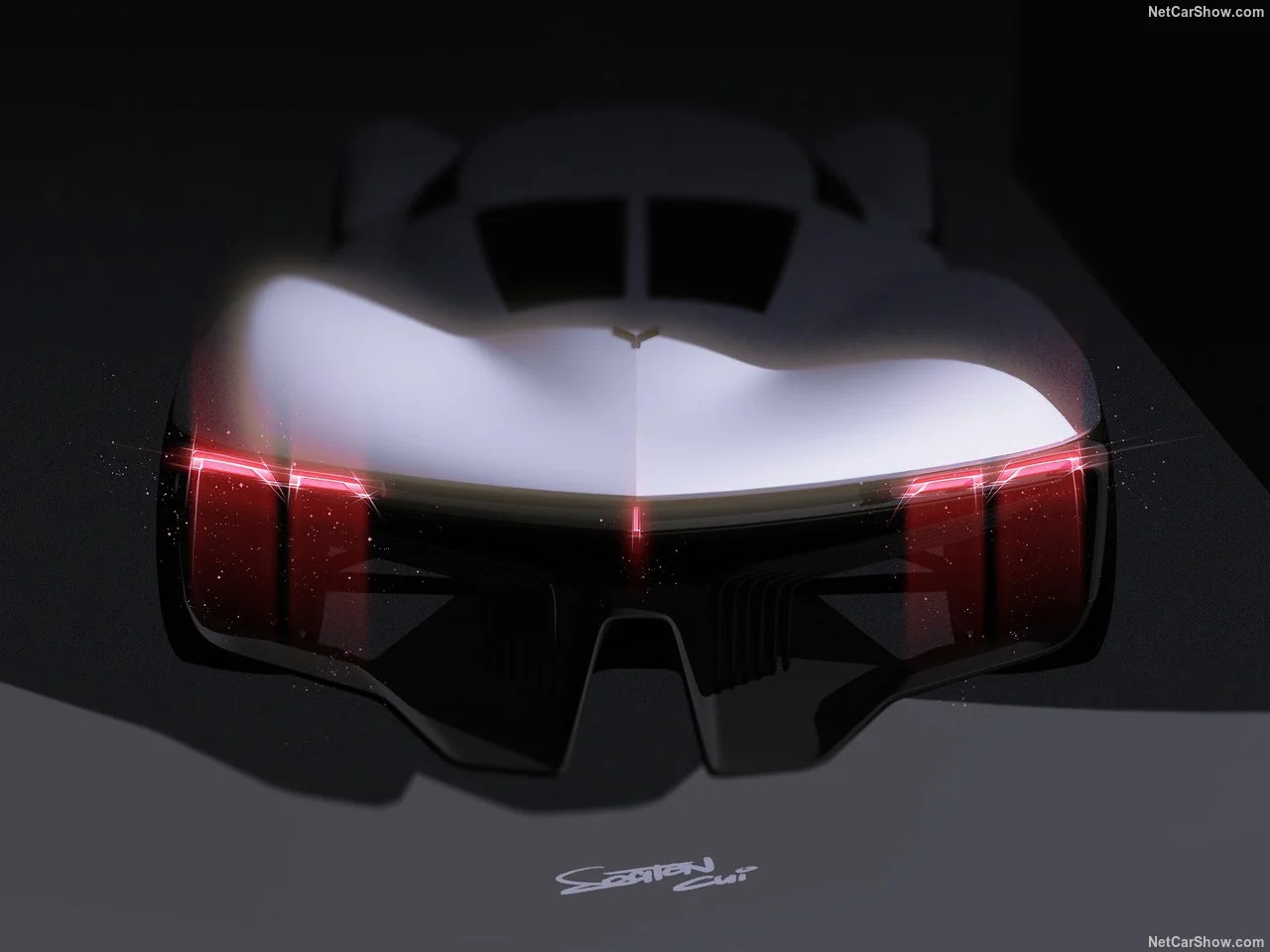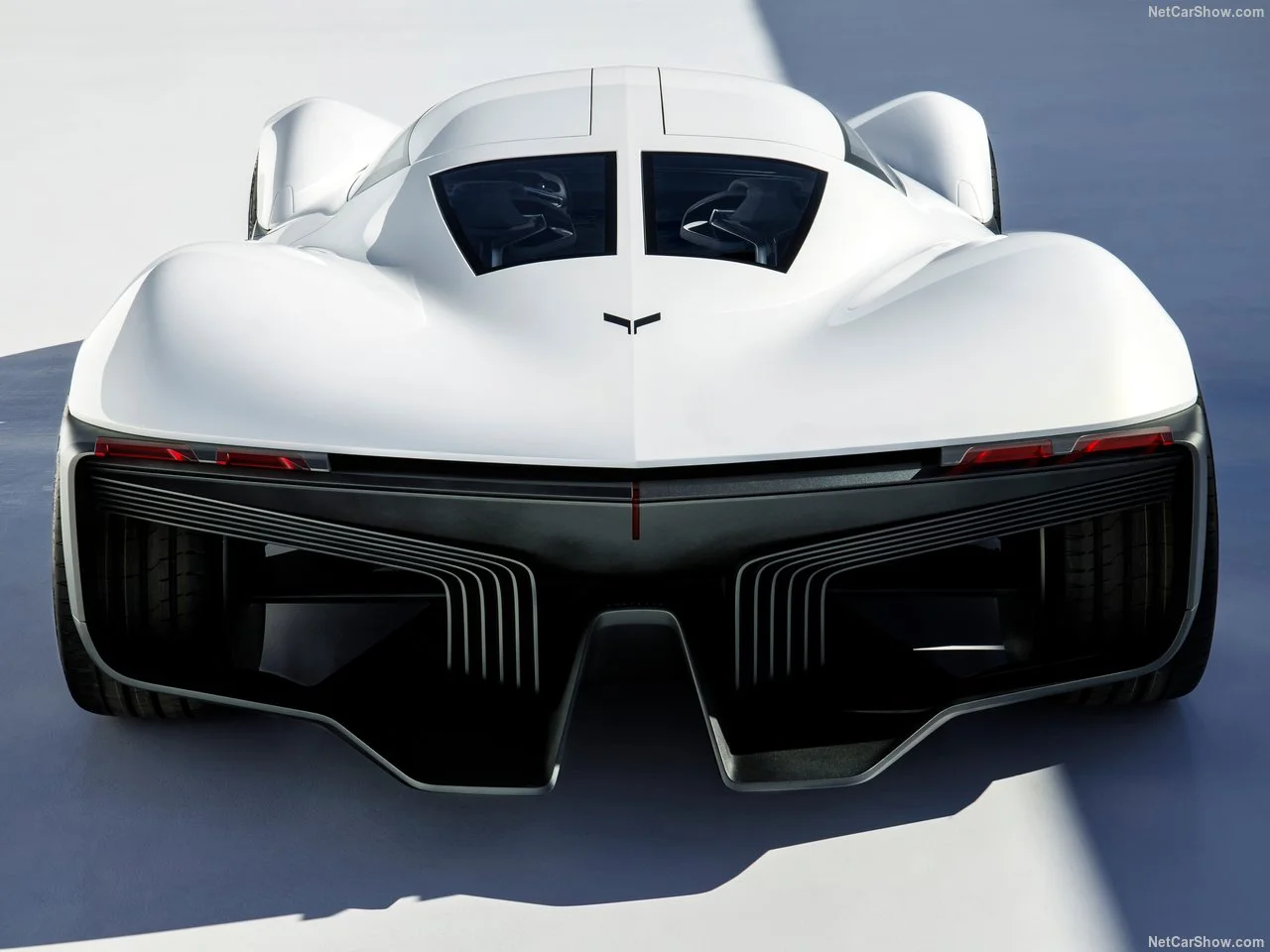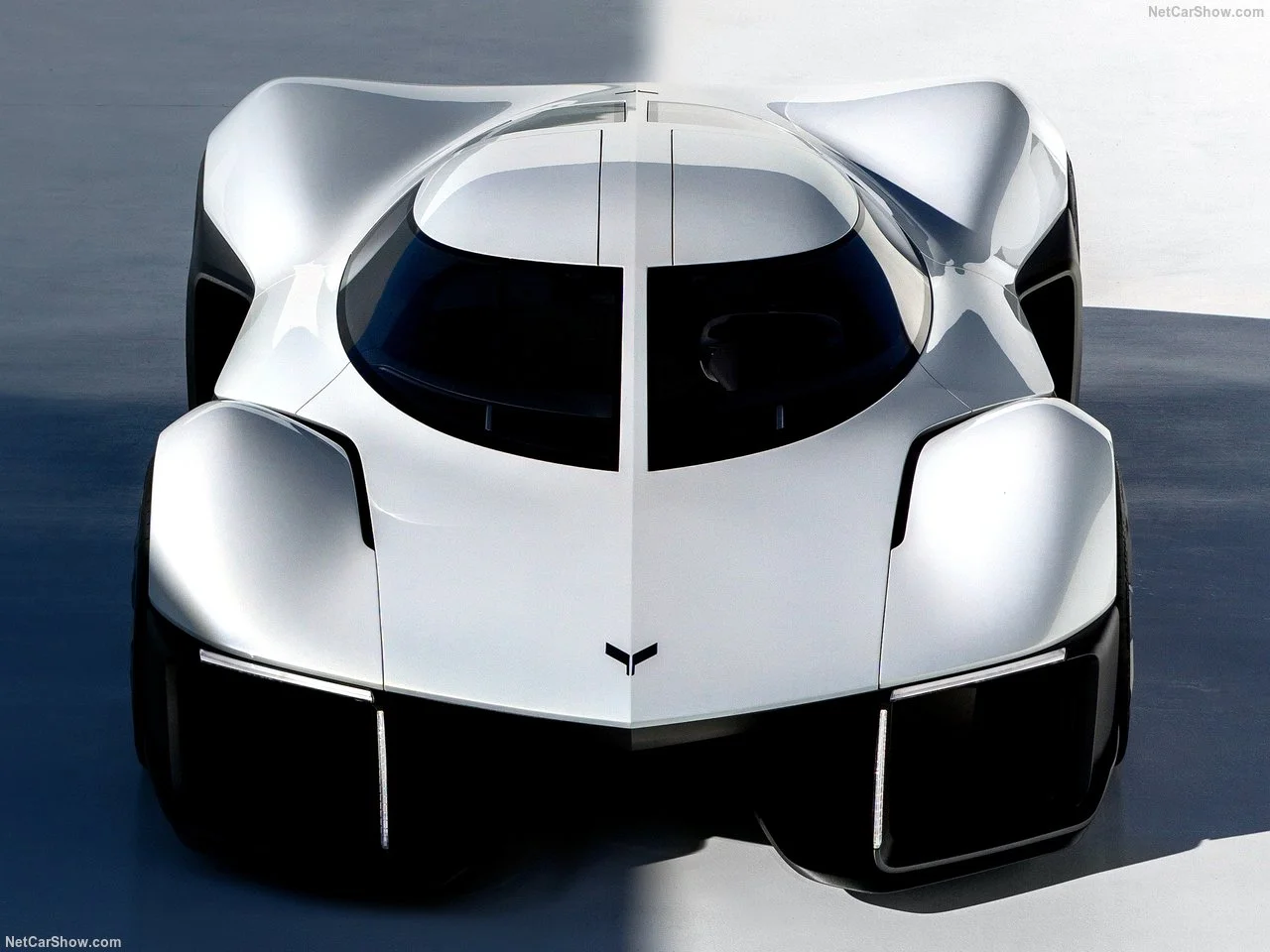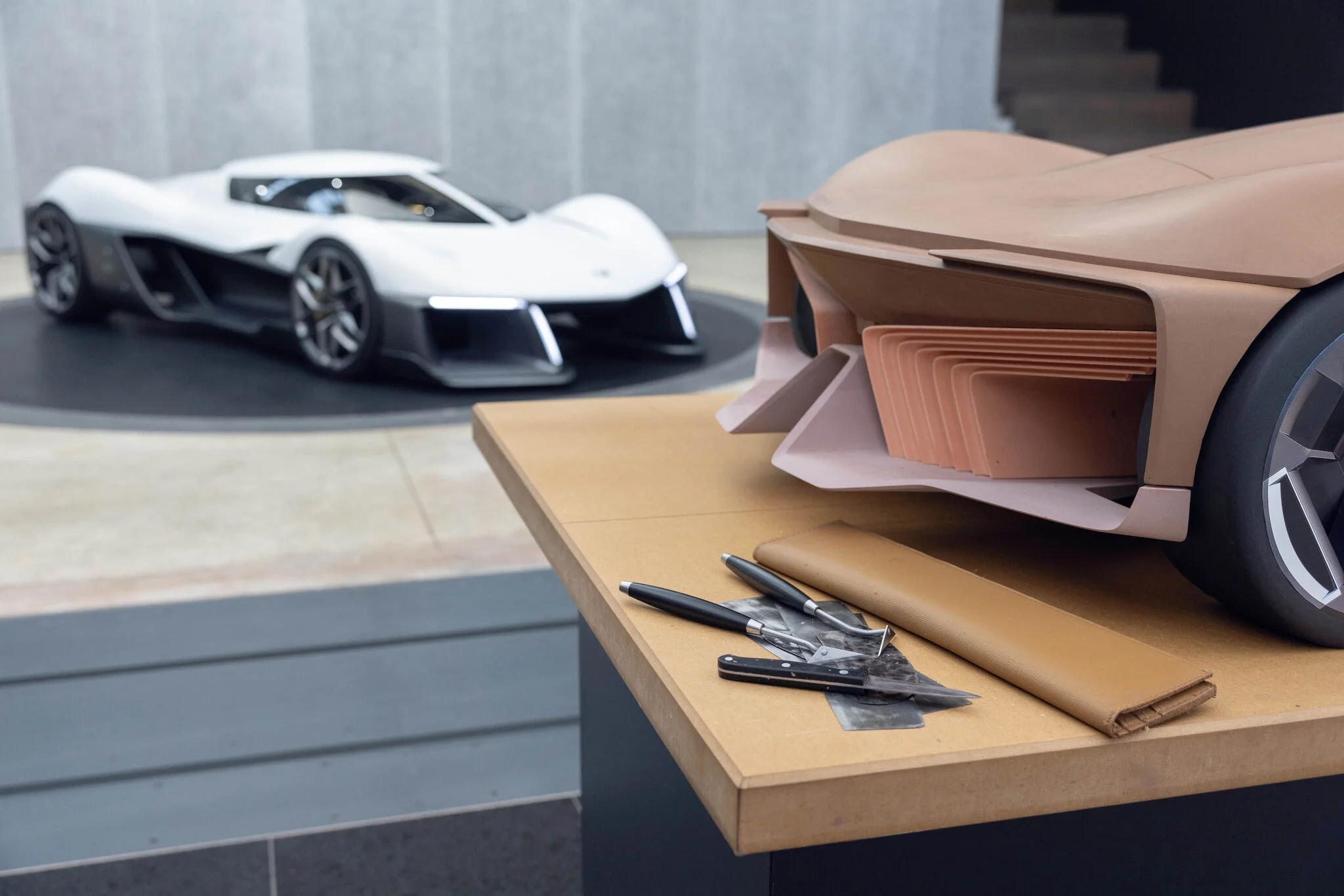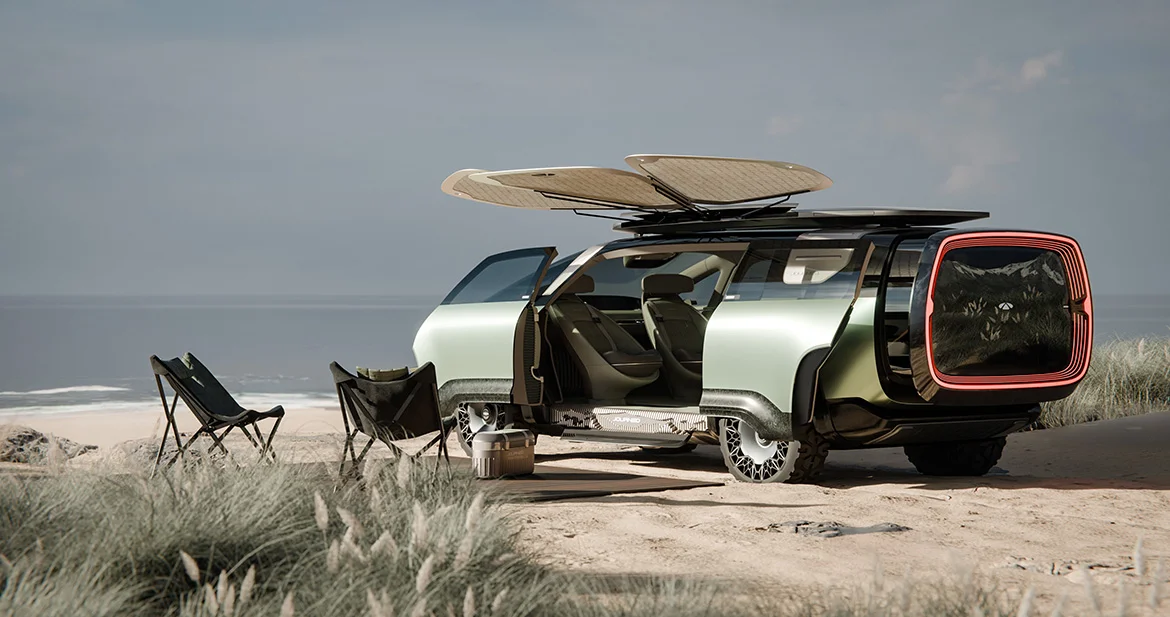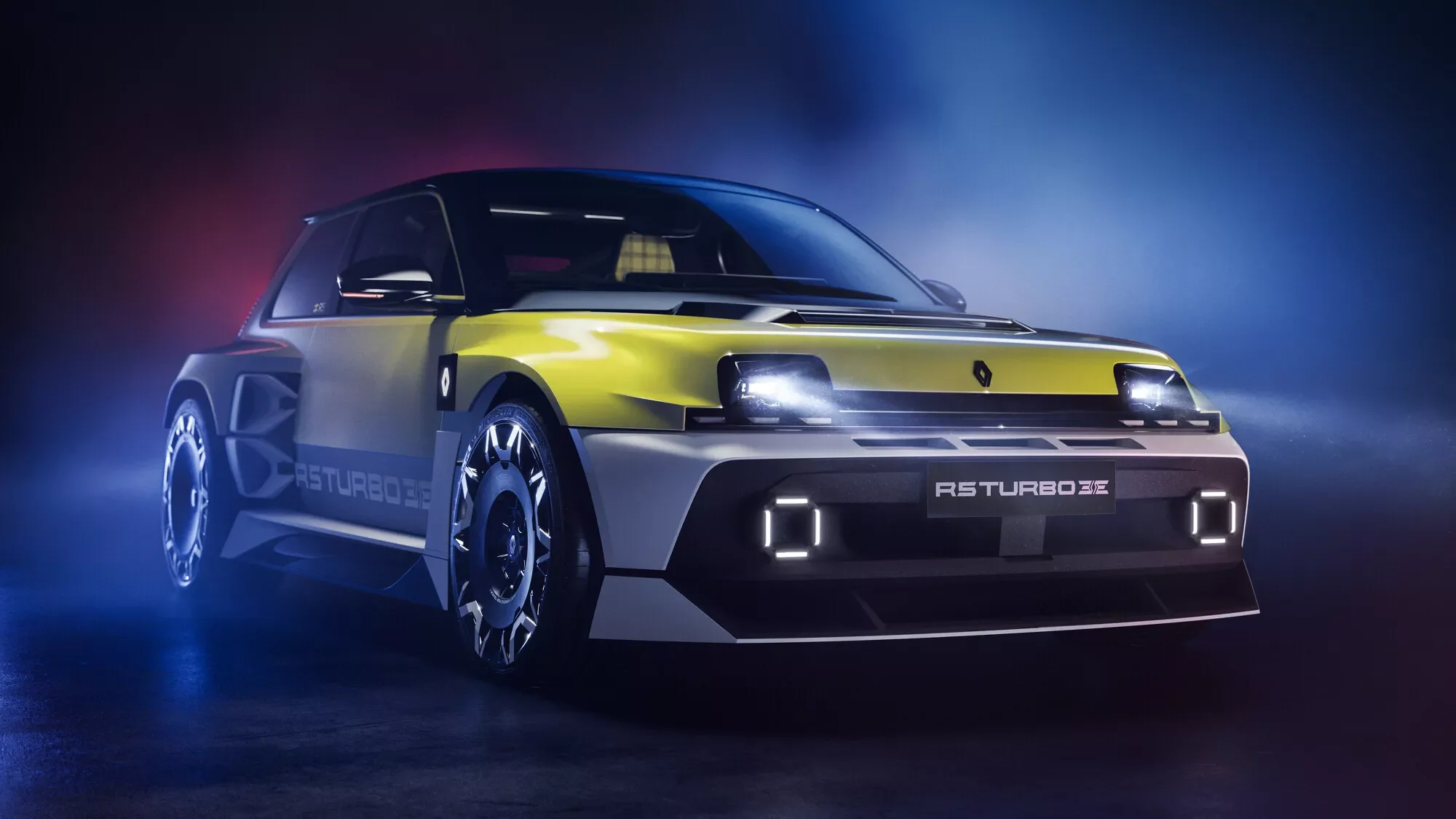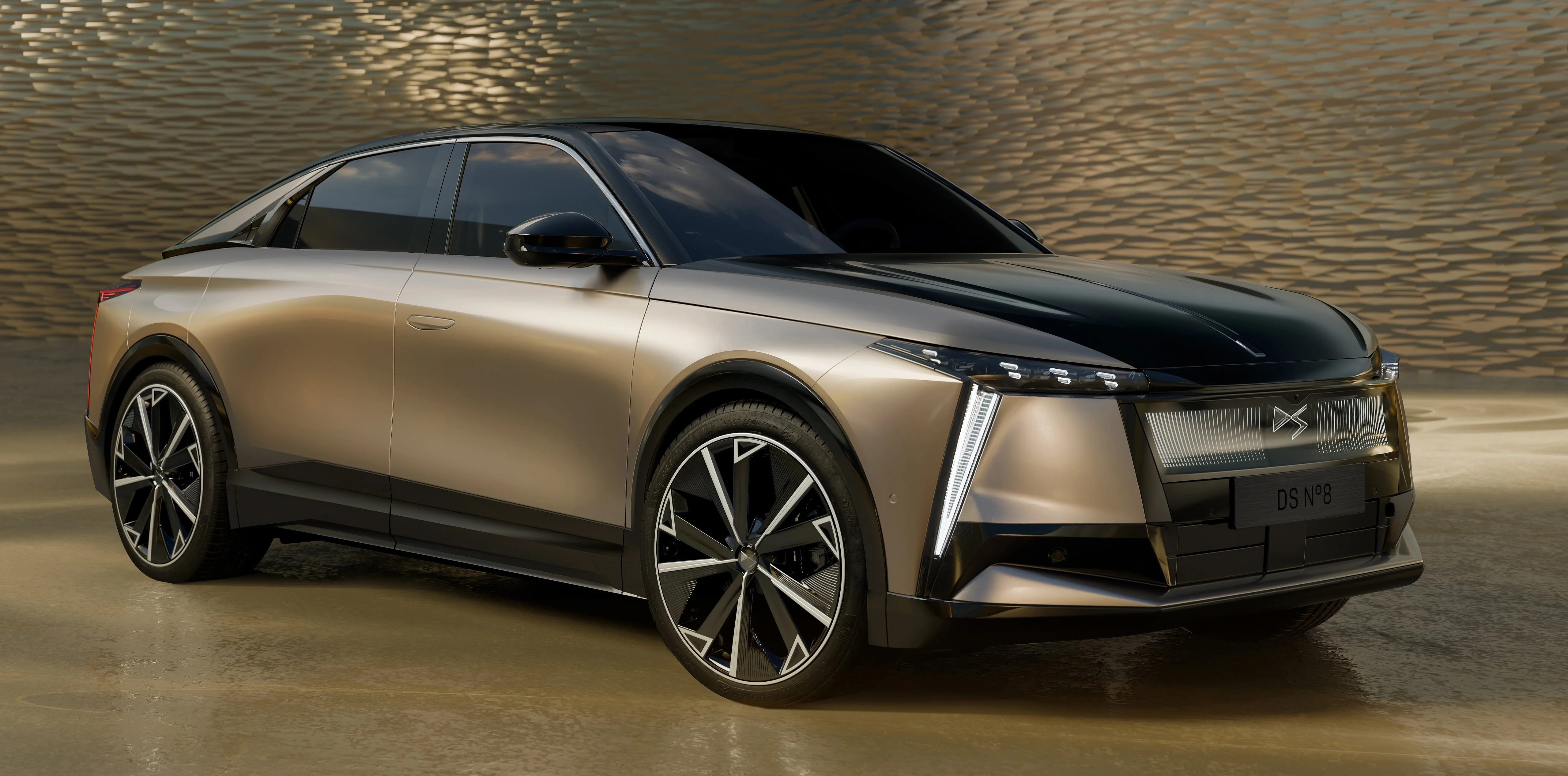The new Corvette concept from GM’s Royal Leamington Spa studio marks an exciting chapter in the iconic brand's history. This conceptual reboot, guided by a fresh philosophy, combines heritage with innovation in a way that signals a departure from traditional designs, taking Corvette into a new era—especially with the shift towards electric vehicles (EVs).
Here’s a closer look at the design highlights:
A New Vision for Corvette:
The Corvette’s legacy is intertwined with a blend of performance and raw aggression, but the new concept diverges from that formula. It embraces architectural clarity, sculptural restraint, and aerodynamic efficiency, presenting a refined, forward-looking interpretation of the iconic American sports car. The design steers away from overt supercar elements seen in previous models, focusing instead on proportion, surface control, and subtle musculature. The result is a concept that feels both futuristic and instantly recognizable as a Corvette.
Key Features:
-
Apex Vision Spine:
One of the most striking elements of the new design is the Apex Vision, a structural and visual spine running along the centerline of the car. This feature, inspired by the 1963 split-window Sting Ray, connects the car to its heritage while integrating a modern touch. Not only does this feature enhance rigidity, but it also improves visibility for the driver, allowing for a panoramic outward view. -
Two-Tiered Thematic Design:
-
Upper Half: This section reflects Corvette heritage through futuristic interpretations, using tapered surfaces and glass-heavy elements that create a sense of speed even when stationary. It embodies purity over ornamentation, focusing on clean transitions and aerodynamic efficiency.
-
Lower Half: This section is more technical in nature, housing the battery packs and incorporating sculpted airflow channels. The functional focus here eliminates the need for traditional aerodynamic add-ons like wings or spoilers, opting instead for a sleek, technical, and minimalistic look.
-
-
Aerospace-Inspired Aesthetics:
Many elements in the design evoke the world of aviation, where every line and curve serves a specific functional purpose. The sharp lighting elements and clean separations between functional and expressive surfaces reflect aerospace principles, reinforcing the car’s performance-oriented design.
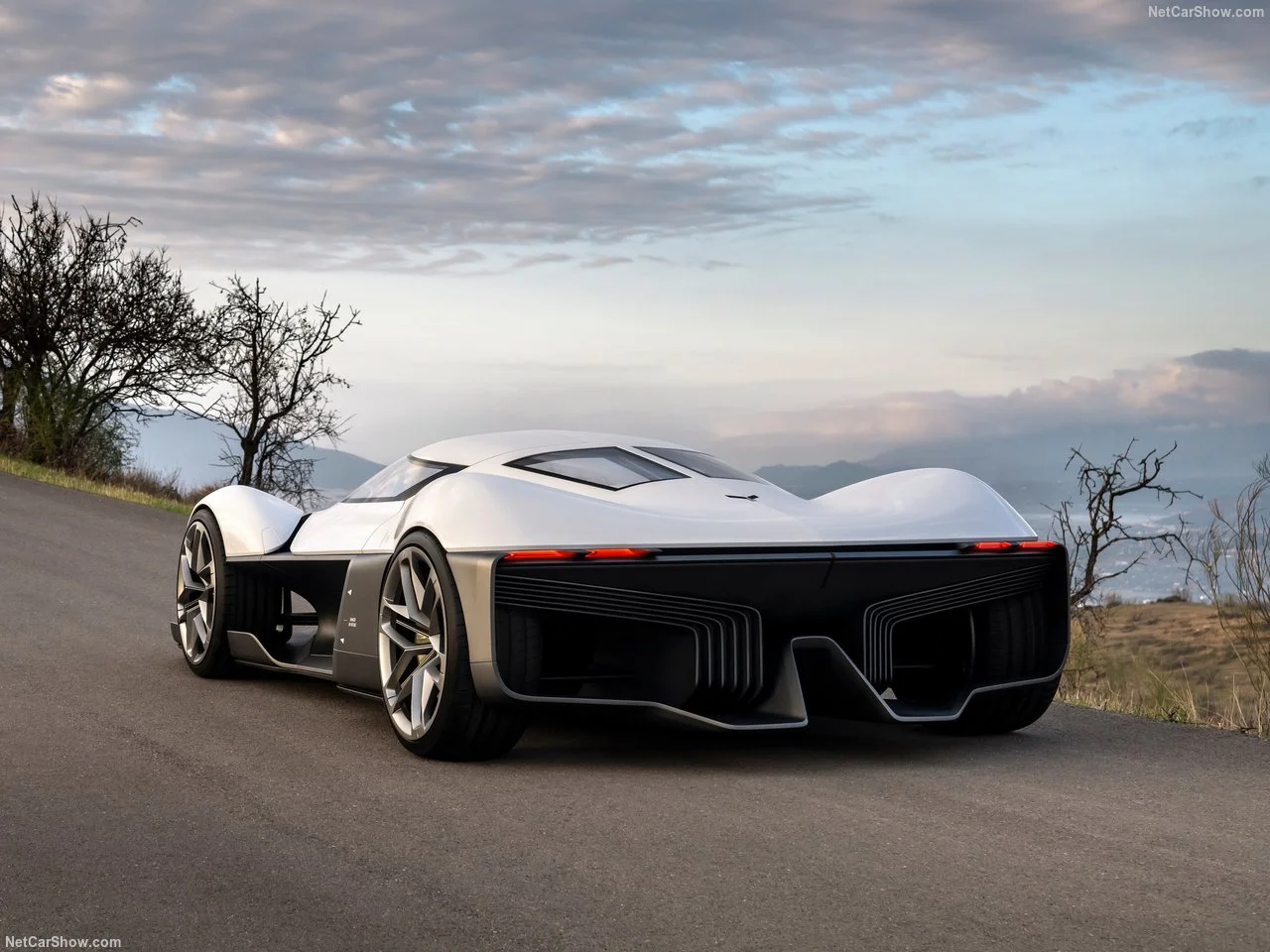
GM’s Evolving Design Philosophy:
This Corvette concept highlights GM’s commitment to long-term vision, with the design studio aiming to create cars that are not bound by current market constraints but instead look 10-20 years into the future. The studio serves as a place for research, innovation, and creative risk-taking, and this Corvette concept is a product of that freedom. As Michael Simcoe, GM’s global design chief, notes, these teams aren’t tasked with designing for next year’s model but are encouraged to push boundaries and explore what future designs might look like.
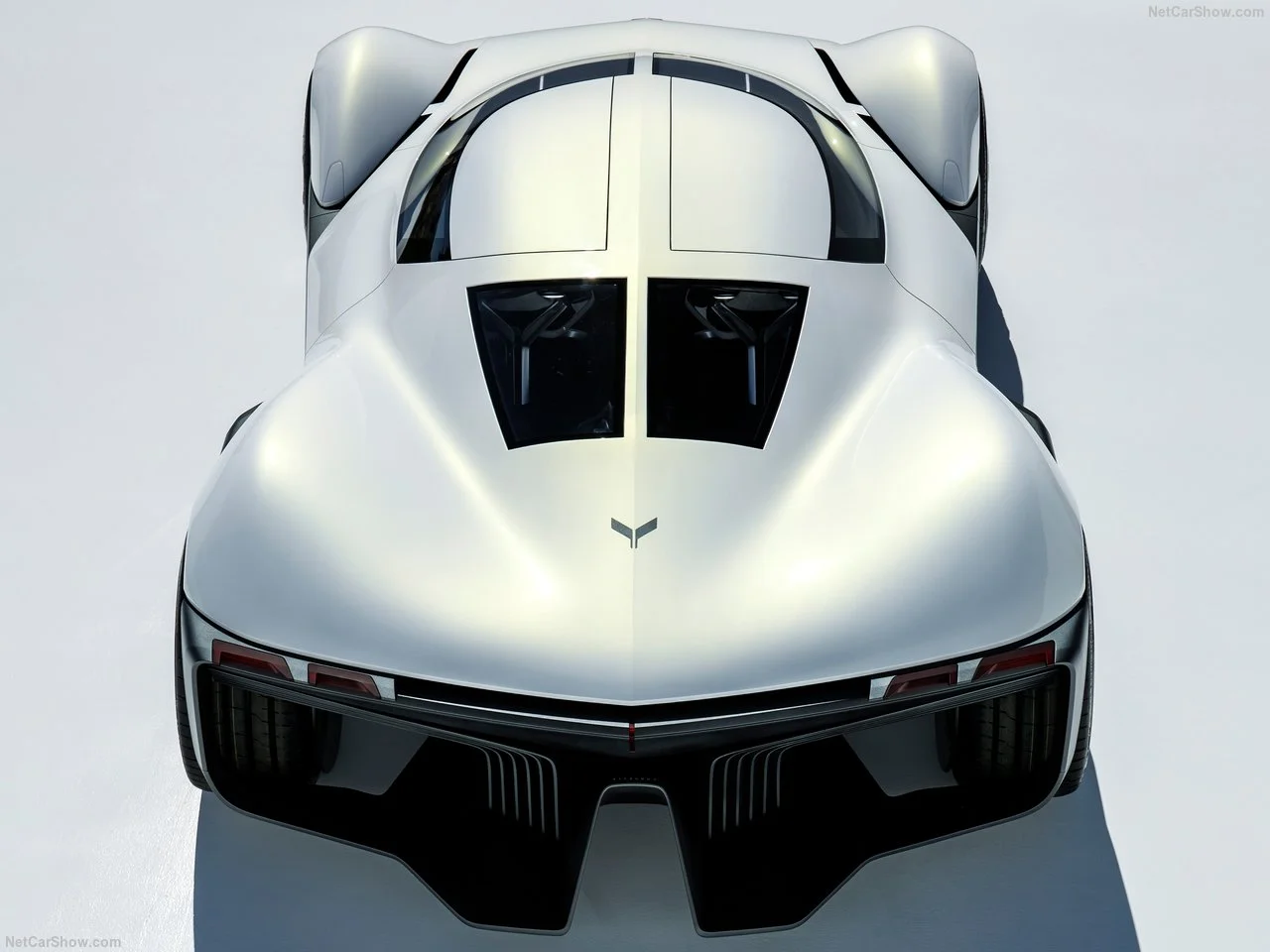
Global Collaboration:
What makes this design even more significant is that it is the product of a multi-studio global collaboration. The UK studio's interpretation of the Corvette is only one piece of the puzzle, with other studios in Detroit, Los Angeles, Seoul, and Shanghai offering their own visions of the Corvette for the future. This approach allows for a unique cultural blend, with each design reflecting the local design sensibilities of the studio’s location, bringing a global perspective to an American icon.
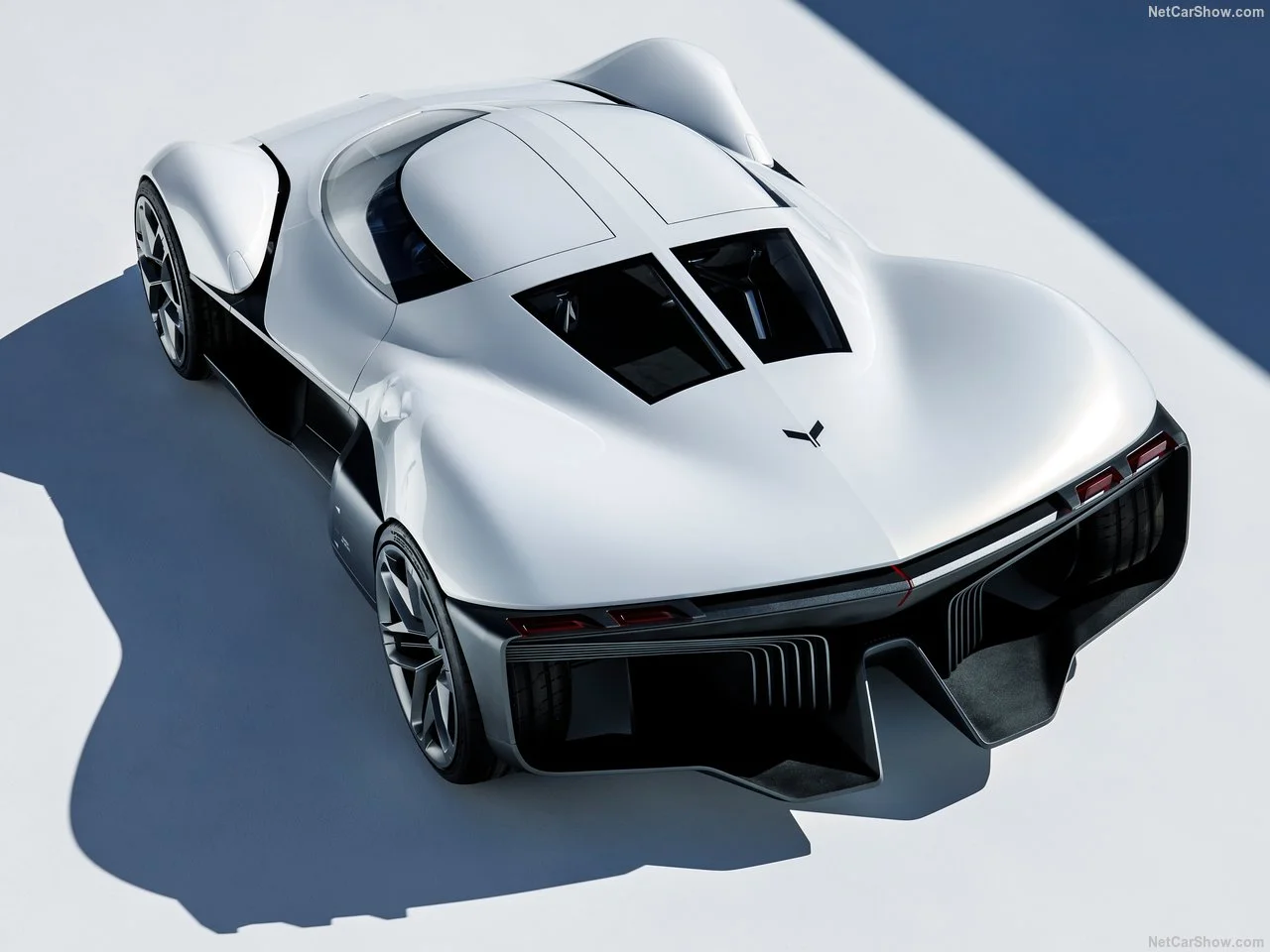
The Future of Performance Design:
Ultimately, this new Corvette concept is a provocation—a bold step forward that challenges what a Corvette can be in an electric, globally connected world. It’s not just a car; it’s a vision for a new kind of performance vehicle that maintains Corvette’s identity while embracing the future. As the world of automotive design shifts toward electrification and sustainability, the Corvette is reimagined not just as a performance car but as an intelligent, disciplined form of design.
This concept is far from the end of the conversation. Other studios will contribute their own ideas throughout 2025, and as a collective, these visions will continue to push Corvette into a future where tradition meets innovation, performance blends with sustainability, and design speaks with clarity and purpose. The Corvette’s journey is far from over—it’s just entering a new chapter.
